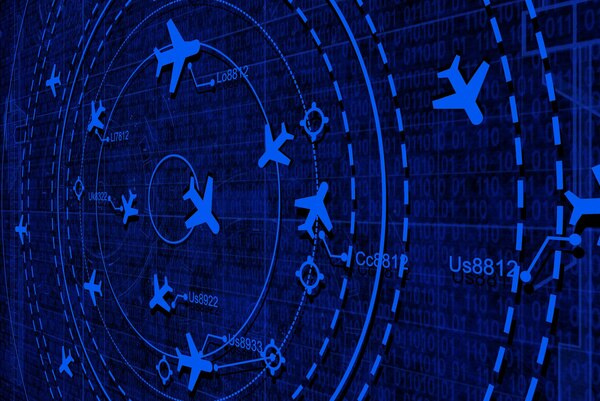Enhancing Flight Safety with Advanced Technology
In recent years, the aviation industry has seen remarkable advancements in technology aimed at enhancing flight safety. These technological innovations are a critical response to the increasing demands of global air travel and the need to ensure passenger safety remains paramount. Here, we explore how advanced technology is making air travel safer than ever before.
One of the most significant areas of development is in aircraft design and materials. Modern planes are built using composite materials, which are not only lighter but also stronger than traditional materials. This reduction in weight allows for better fuel efficiency and improved maneuverability, leading to safer aircraft performance. Additionally, advanced aerodynamics have been incorporated into new aircraft designs to improve stability and control during flight.
Another key technological advancement is the implementation of sophisticated avionics systems. Today's aircraft are equipped with state-of-the-art flight management systems that integrate navigation, communication, and surveillance for optimal performance. These systems allow for real-time data collection and analysis, enabling pilots and ground control to make informed decisions quickly and effectively. Enhanced autopilot functions and advanced weather monitoring systems further contribute to safer flight operations by providing precise and timely information.

The use of artificial intelligence (AI) and machine learning in aviation is also playing a significant role in improving flight safety. AI technologies are being utilized for predictive maintenance, which involves analyzing data from various aircraft systems to predict potential failures before they occur. By maintaining equipment proactively, airlines can reduce the likelihood of technical malfunctions that could compromise safety. Furthermore, AI enables better air traffic management by optimizing flight path routes and reducing congestion in the skies.
Drone technology is another area where advancements are enhancing safety. Drones are being used for inspecting aircraft exteriors, runways, and other infrastructure with greater precision and speed than manual inspections. These inspections help identify damage or wear that may not be visible to the human eye, allowing for timely repairs and maintenance.
Moreover, the development of enhanced pilot training programs using virtual reality (VR) and simulation technologies is making a significant impact. These tools provide pilots with realistic training scenarios that prepare them for handling emergencies and unexpected situations effectively. VR and advanced simulators enable pilots to experience and respond to a variety of scenarios in a controlled environment, thereby improving their skills and confidence.
The integration of cybersecurity measures in aviation systems is also crucial in today's digital age. As technology becomes more embedded in aircraft operations, protecting these systems from cyber threats is vital to maintaining safety. The industry is working diligently to implement robust cybersecurity protocols to safeguard navigation, communication, and control systems against potential attacks.
In conclusion, the integration of advanced technology into aviation is not only making air travel more efficient but also significantly enhancing flight safety. As the industry continues to evolve, the commitment to leveraging technology for improving safety remains steadfast. The ongoing collaboration between airlines, manufacturers, and regulatory bodies is essential to ensuring these advancements continue to reduce risks and provide passengers with the highest level of safety during their travels. The future of flight safety looks promising as technology continues to push the boundaries of what is possible in aviation.